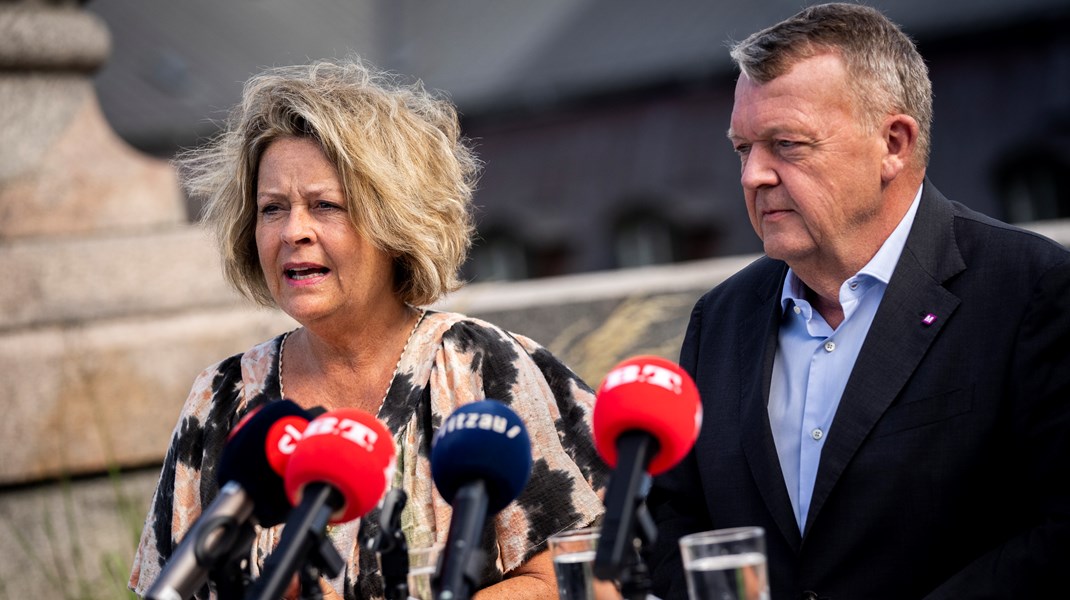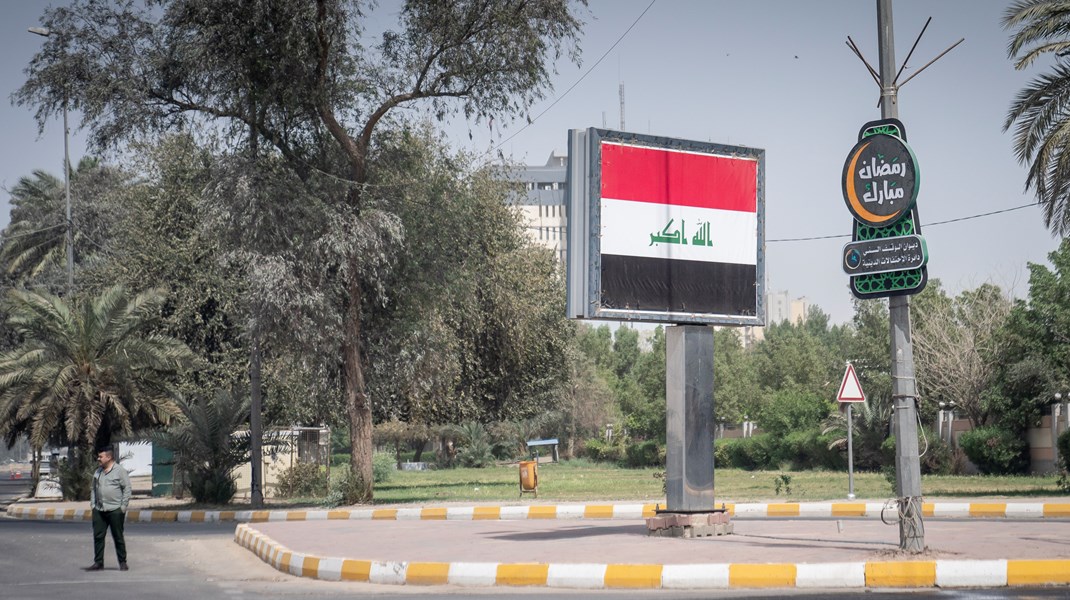WHO improves health care in northern Syria with integrated network
WHO is launching an integrated primary health care (PHC) network to improve health services in northern Syria. Working with 6 Syrian nonprofit health partners, WHO’s field office in Gaziantep, Turkey, is mapping communities and health services to streamline and organize the network.
The new system will provide health services through 10 health facilities and improve access and coverage for vulnerable people. Covering a population of 70 000 people, the network will gradually expand to include other facilities and cover up to 180 000 people in the Saraqeb area of northern Syria. This is the area with the largest concentration of displaced people in Syria.
“Since 2012, the existing health system in Idleb Governorate has suffered severely from the impact of the humanitarian crisis,” says Mr Daniel Albrecht, WHO Technical Officer for Primary Health Care. Nongovernmental organizations took the lead to provide health services in the region, but they themselves acknowledge that coordination has been a challenge. They don’t always know what services a nearby facility provides or which populations are already covered.”
Linking facilities and adopting a referral system to help ensure quality and efficiency
At the outset, the network will consist of 4 mobile PHC units, 3 fixed PHC units, 2 PHC centres and 1 comprehensive PHC centre, all run by 6 of WHO’s existing Health Cluster partners. The network will link up facilities, assign populations to specific facilities, and adopt a referral system in order to direct patients to the most appropriate centre and avoid overlapping of services.
“The network will save resources and time, will serve more patients and expand coverage. We’ll have good-quality services,” says Dr Abdul Saleam Daif of Syria Relief and Development, the organization co-leading the network.
The PHC network will adopt a referral system across the 10 facilities, ensuring quality of care and efficiency. “We will bring a pregnant woman directly to a comprehensive PHC centre for delivery,” says Dr Hani Alashawe of Physicians Across Continents, who will manage 2 mobile PHC units. “This is the core idea: don’t waste time and resources moving a patient from clinic to clinic. They often don’t know where to go. We’ll tell them where they should go, what’s available in each facility and, when needed, connect that patient with an ambulance.”
The PHC network also includes a follow-up system. “A diabetic patient might need to visit a comprehensive PHC centre at first,” says Dr Mohammed Al-Abbas of Hand in Hand for Syria. “But if the patient can’t visit it often, a mobile clinic will provide follow-up and insulin. Mobile clinics will go to rural areas, areas where people don’t have vehicles or where transportation to the cities is not available.”
“I’m a doctor who’s been working for Syrian nongovernmental organizations for years in an emergency way,” says Dr Al-Abbas. “This is the first time we’ve thought about the future of the health system in Syria – a real system, not an emergency field operation. That’s what makes me excited about this project.”


